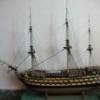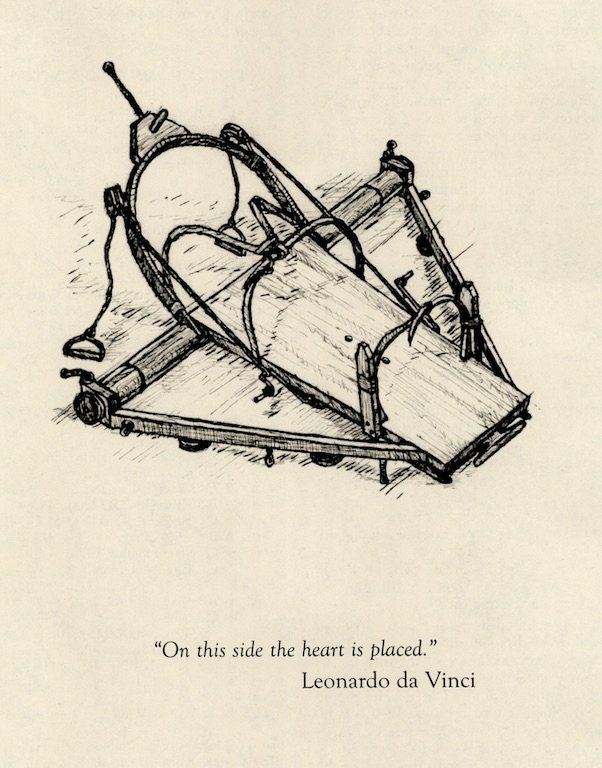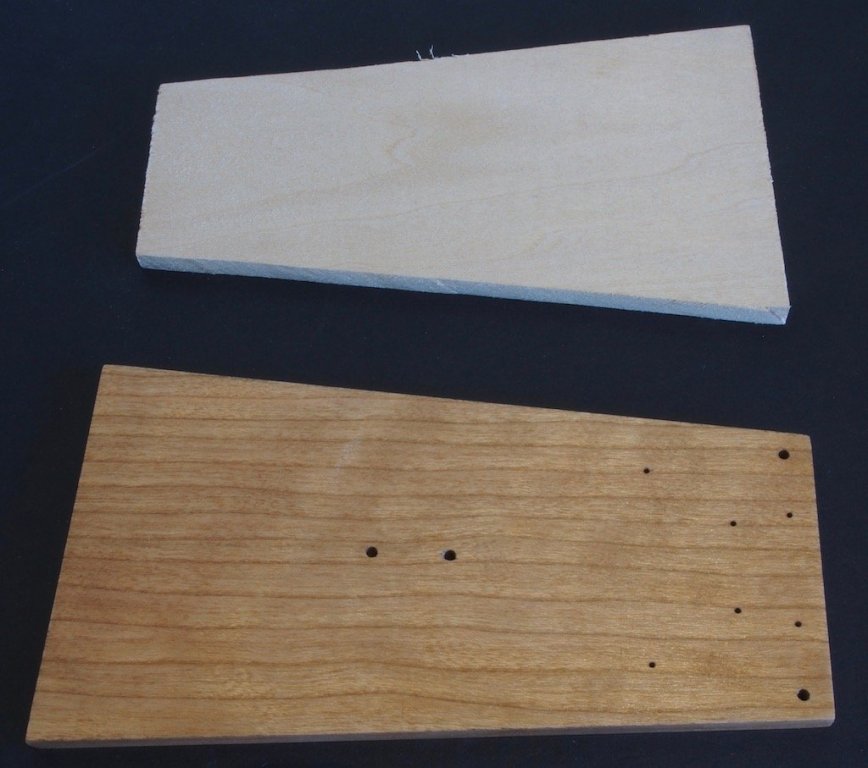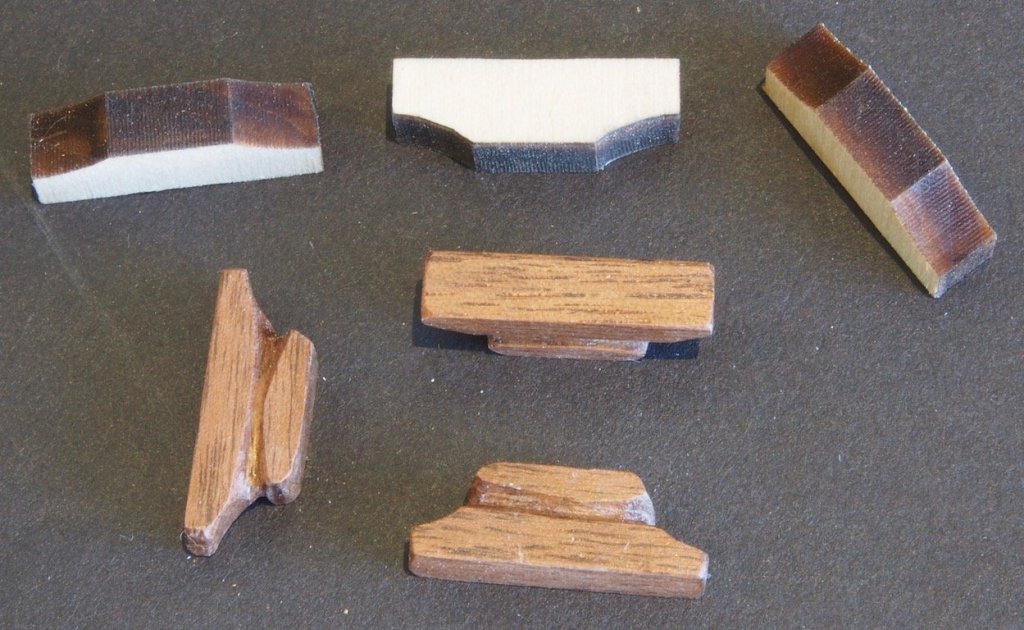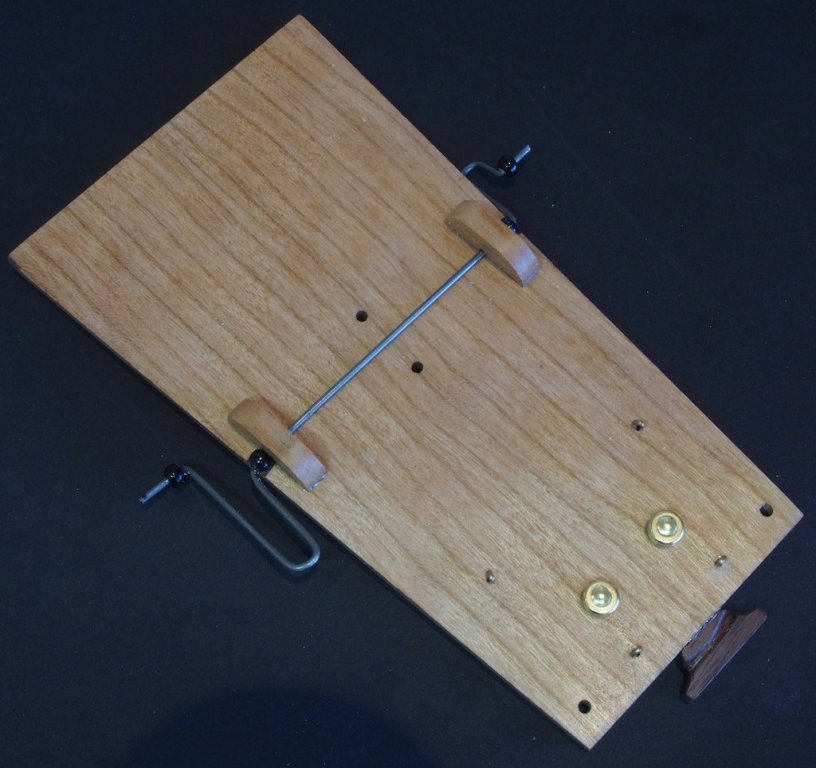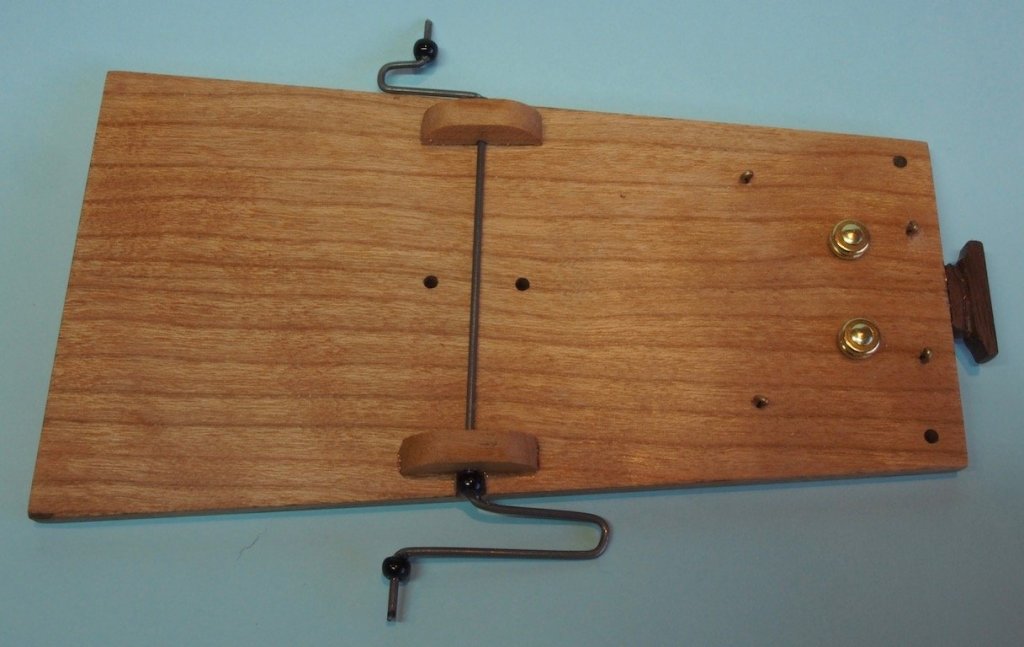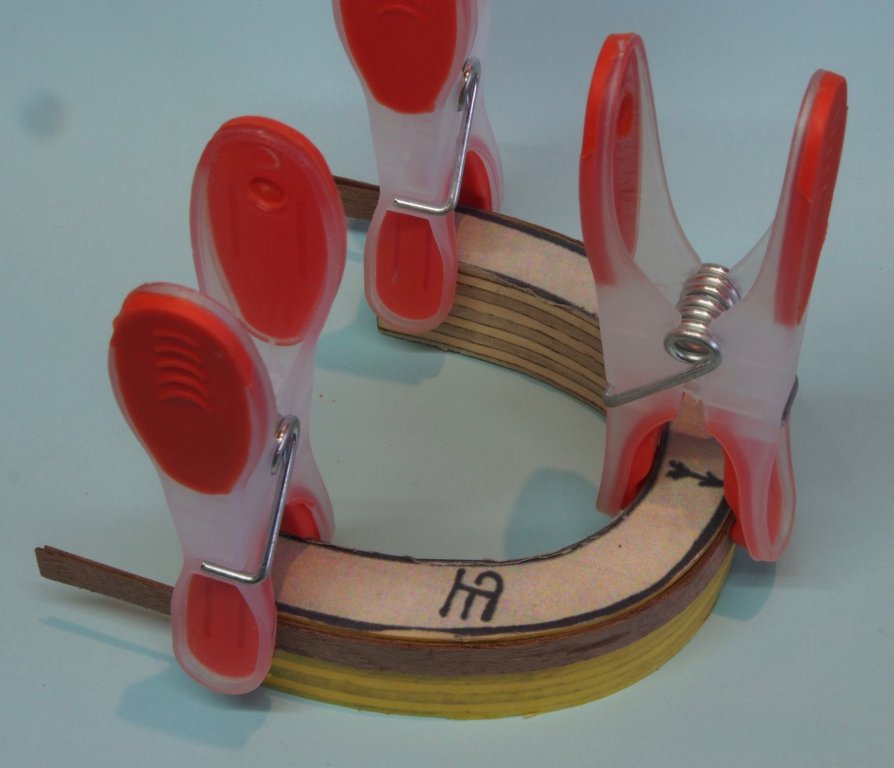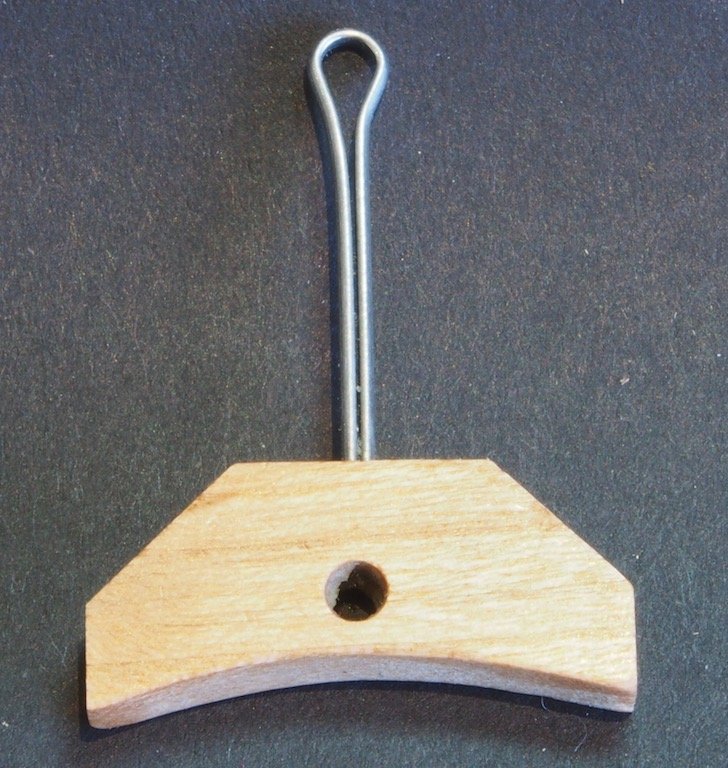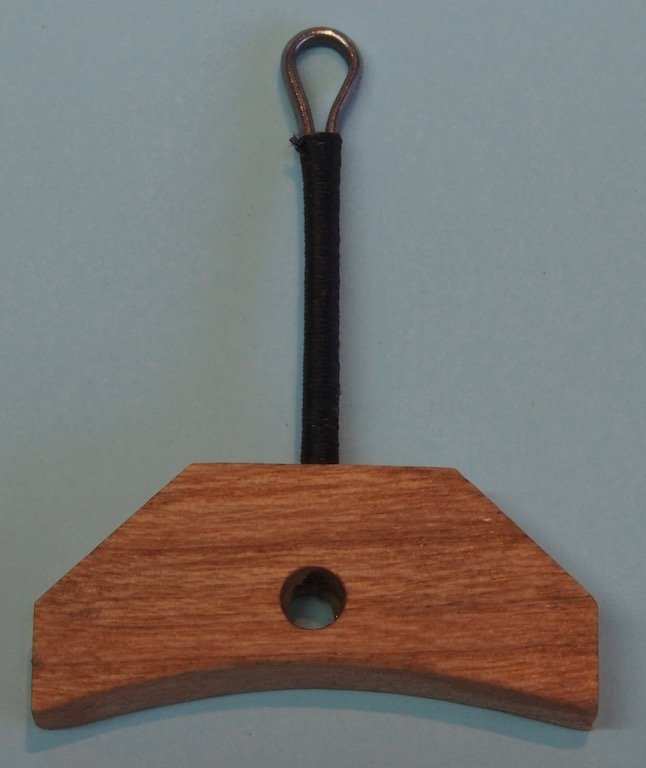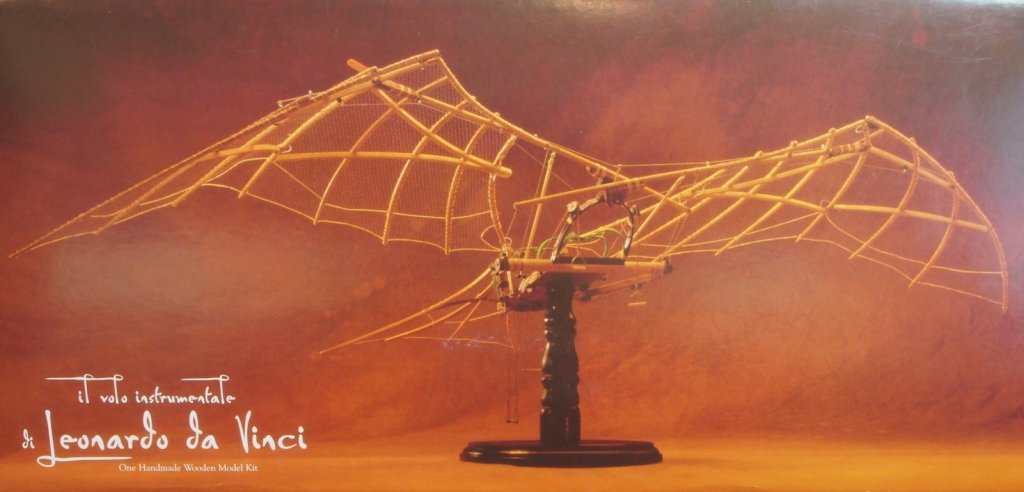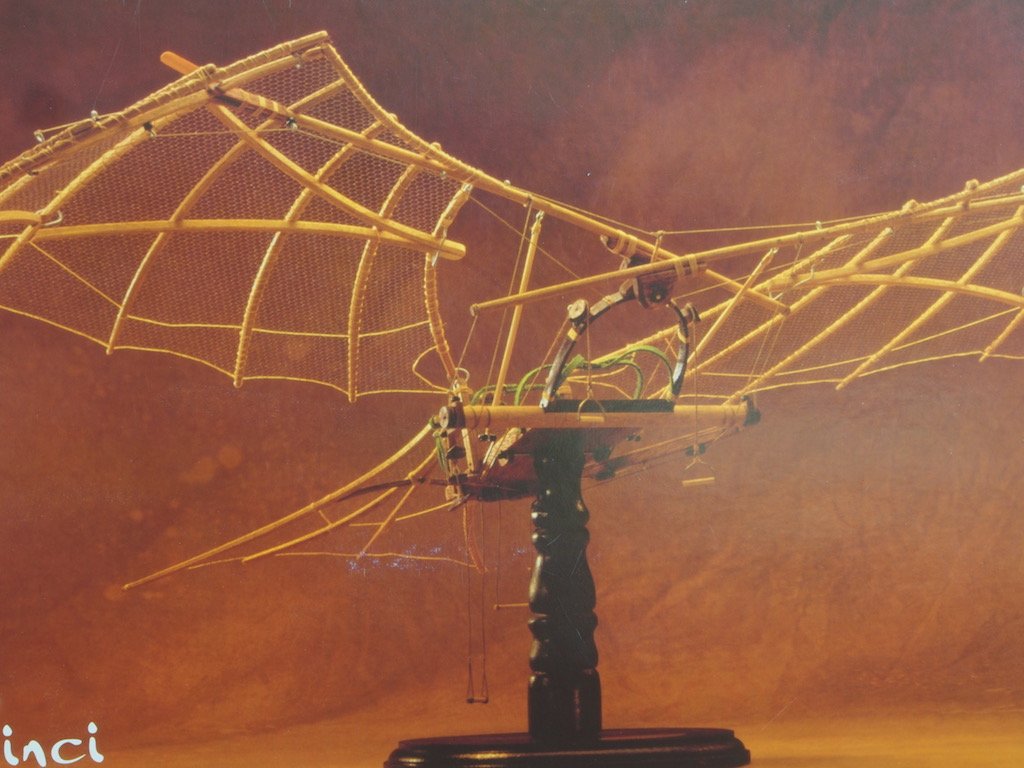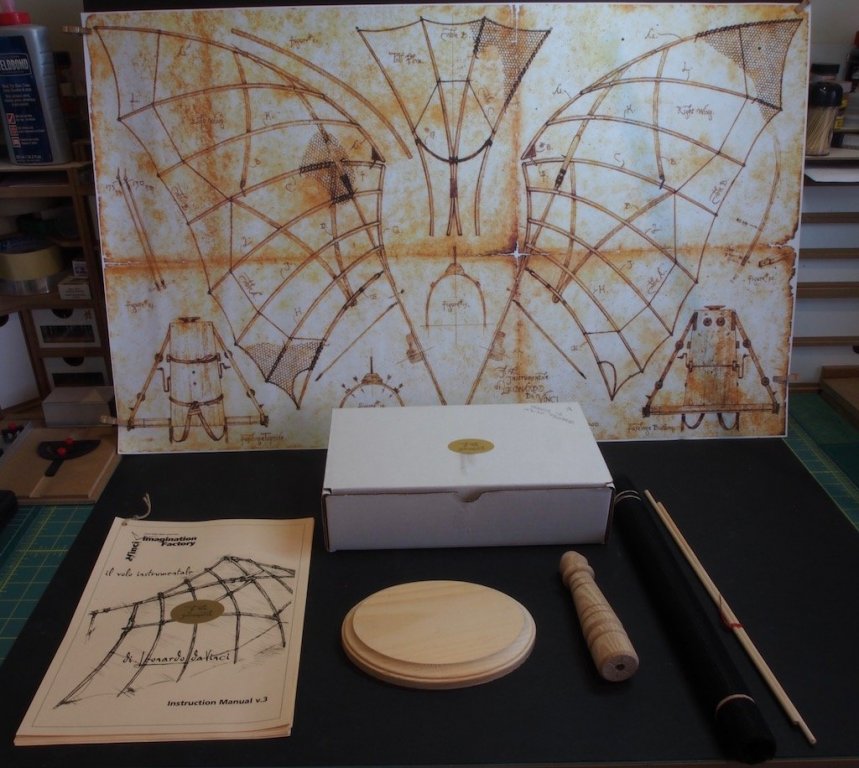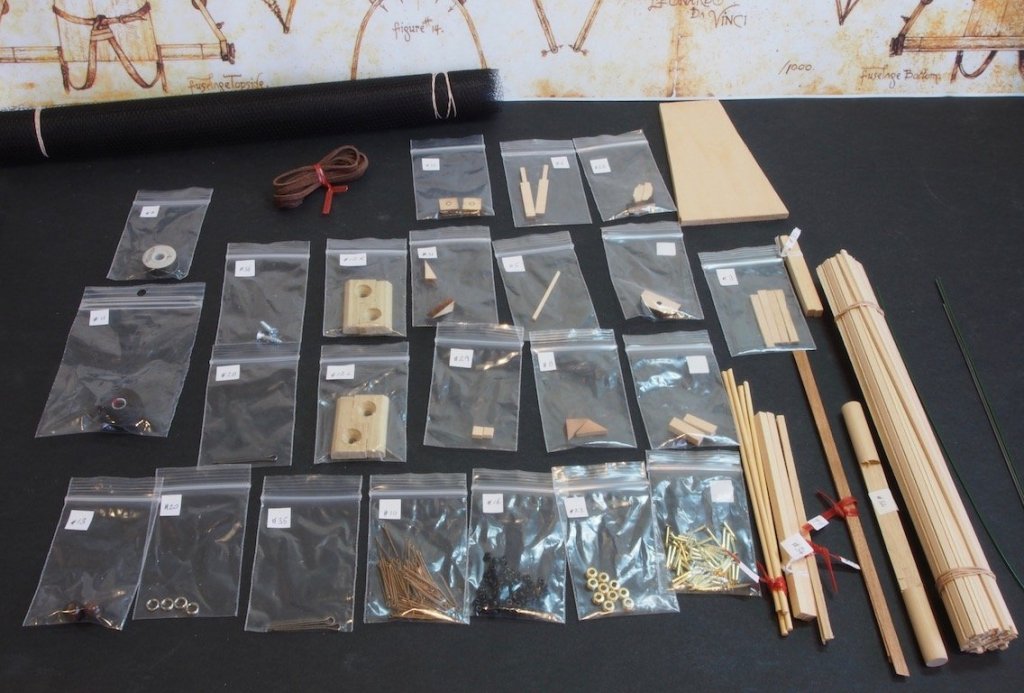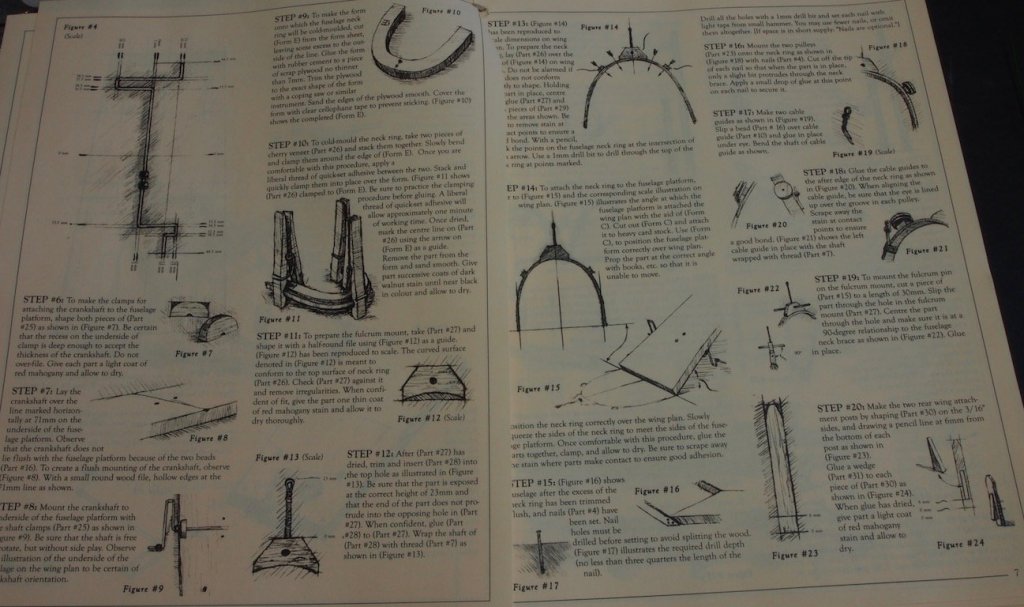-
Posts
4,880 -
Joined
-
Last visited
Content Type
Profiles
Forums
Gallery
Events
Everything posted by gjdale
-
Congratulations on yet another fine piece of work B.E.
- 156 replies
-
- pinnace
- model shipways
-
(and 1 more)
Tagged with:
-
Great work Danny, and as always, instructional too. Looking forward to following your Bismarck build.
- 295 replies
-
- amatsukaze
- halinski
-
(and 2 more)
Tagged with:
-
Chris, I think the material you are referring to might be Ezy-line - Greg Lester uses it on his magnificent builds. I believe it comes from the model rail road community.
- 295 replies
-
- amatsukaze
- halinski
-
(and 2 more)
Tagged with:
-
I'm taking a seat in the front row too, Nils - always instructional to follow your builds.
- 692 replies
-
- eagle of algier
- chebec
-
(and 2 more)
Tagged with:
-
Thanks Rusty and Mike. Rusty - I'm looking forward to sea trials too - won't be long now as the weather is starting to warm up down here. Mike - overalll, I think the kit is quite good. The use of Sintra (plastic) for the sub-planking is a little unusual for this type of build, and there are both pros and cons for it. You could make this model straight out of the box and have a reallly nice looking boat at the end. Or you can bash to your heart's content. Me? I couldn't help myself. I blame the CDO (that's like OCD, only with the letters in the right alphabetical order!!!!)
- 339 replies
-
- dumas
- Chris-Craft
-
(and 3 more)
Tagged with:
-
Great to see you bring this one home Mobbsie. She looks terrific and is a credit to your workmanship - be proud my friend. I look forward to the commencement of Pickle.
- 129 replies
-
- armed launch
- panart
-
(and 1 more)
Tagged with:
-
Thanks Steven, Nils, Sam, Ken, Richard and Carl for your interest, and also to the "likes" for looking in. Fuselage Construction Construction begins with the Fuselage. Here is a picture from the Instruction Manual of the overall completed assembly: My first task was to cut a new piece for the fuselage base, replacing the kit-provided wood with Cherry of the same thickness (3/16”). Prior to cutting to shape, I laid out all the markings per the instructions and drilled the holes (4 x 2mm and 6 x 1mm diameter). I finished the surface with two coats of shellac and a coat of furniture wax. This is something I’ve picked up recently from doing some 1:1 scale woodwork. The advantage of shellac is that it dries very quickly, is dead easy to apply, and provides a repairable finish. It also highlights the natural beauty of the timber. Here are the prepared base and the kit provided part side by side. Next up was making some cleats. The kit provides some stock wood cut roughly to shape and then instructs you to finish the shaping with files and stain them walnut. I replaced these with straight walnut, which again got the shellac/wax treatment after final shaping. Here’s a shot showing the raw kit parts and my finished parts: The next step was to fit one cleat, four cable guides, two pulleys and the crankshaft. The cable guides are simply cotter pins, cut off so as not to protrude through the base to the other side. The pulleys are small brass parts that are secured with a small brass nail, again cut to length. The crankshaft is made from a piece of piano wire that is first bent to shape following a template in the instruction book. Four beads are glued in place on the crankshaft as seen in the pictures below. A small recess was filed into the fuselage base to allow the beads to seat and the crankshaft to sit flush against the fuselage. The two clamps holding the crankshaft in place were again replacement parts made from cherry, using the kit parts as templates for sizing. Here’s another view using a different background: Forming the Neck Ring is the next step. The kit provides some cherry veneer to this, which it then tells you to stain walnut. I used walnut instead. Two pieces of 1/64” thick by ¼” wide walnut strip are laminated by bending around a former cut from a scrap piece of 1/2" plywood, using a template provided in the kit. I wet these and then hit them with a heat gun to set some initial curve in them. Then I applied some PVA and re-clamped to the former and left them to set. Next up is the Fulcrum Mount. Again, simply made from Cherry using the kit part as a template. The bottom edge is filed to a curve to match the Neck Ring. A large cotter pin is then then inserted in the centre of the top edge, and finally the cotter pin is wrapped in thread. That’s as far I have progressed to date.
-
Nice to see an update Gil - she sure is looking sweet.
- 60 replies
-
- dragon class
- billing boats
-
(and 2 more)
Tagged with:
-
Nice to see you back at it Rusty.
- 310 replies
-
- cheerful
- Syren Ship Model Company
-
(and 1 more)
Tagged with:
-
Just superb Nils, and what a collection!
- 2,625 replies
-
- kaiser wilhelm der grosse
- passenger steamer
-
(and 1 more)
Tagged with:
-
Thanks Popeye, I'm looking forward to the weather warming up so that we can go for "sea trials".
- 339 replies
-
- dumas
- Chris-Craft
-
(and 3 more)
Tagged with:
-
Thank you very much Lawrence - you are very kind to say so.
- 339 replies
-
- dumas
- Chris-Craft
-
(and 3 more)
Tagged with:
-
This kit was a Christmas present from my wife in 2013. It has sat in the “stash” since then, calling to me occasionally. I originally came across this on the previous MSW site. We had recently returned from a European holiday where Da Vinci’s art had featured quite strongly, so naturally I was drawn to this kit. The kit is produced by The Imagination Factory, but a recent check of their website (www.davincistore.com) site suggests that the kit is either temporarily or permanently unavailable. The kit was designed by artist Robert Coyle, based on his extensive research of Da Vinci’s drawings. What’s in the box? The kit box is quite large, but there is a lot a free space inside. It seems that the box length was determined by the lithograph wing plan, which is both required for building, and a lovely piece of art in its own right. So the main box contained the lithograph, some tulle-type of fabric (for the wings), a couple of longer dowels (also part of the wings), the display base (in two parts), the instruction manual and a much smaller box containing the majority of the kit parts. Opening the smaller box, we find most of the parts ‘carded’ with a small drawing to help identify part numbers. I immediately re-packaged all of the small parts into labelled zip-lock bags. The wood appears to be mainly bass wood, and although it appears to be reasonable quality, I had made up my mind that I would replace all of the kit-provided wood with a mixture of Boxwood, Cherry, and Walnut, all of which I ordered from Jeff Hayes at Hobbymill before he closed the business. The plan is to use the pre-cut parts as templates to make my own from the new wood. The instruction manual is interesting in that all of the drawings look like they are hand-drawn. It really adds a very nice artistic flair to the entire kit. Here’s a couple of pictures from the manual: That’s about as far as I got today. Building will commence in earnest shortly, so stay tuned….
-
Looking good Slog - your care and effort is really paying off.
- 244 replies
-
- borodino
- dom bumagi
-
(and 1 more)
Tagged with:
-
Nice to see back in the shipyard Hamilton. Glad to hear the surgery was a success and hope the recovery continues to go well for you. Don't get lazy with the exercises either - they will make a huge difference in the long run!
-
Sorry to hear you've been under the weather Danny - there's been some really nasty flu bugs going around this year. Glad to hear you're on the mend though. And the build is looking outstanding!
- 295 replies
-
- amatsukaze
- halinski
-
(and 2 more)
Tagged with:
-
Great to see you back Mobbsie my friend! Pav - if the boat has been glued in with PVA, then some judicious application of isopropyl alcohol should help you to remove it.
- 129 replies
-
- armed launch
- panart
-
(and 1 more)
Tagged with:
About us
Modelshipworld - Advancing Ship Modeling through Research
SSL Secured
Your security is important for us so this Website is SSL-Secured
NRG Mailing Address
Nautical Research Guild
237 South Lincoln Street
Westmont IL, 60559-1917
Model Ship World ® and the MSW logo are Registered Trademarks, and belong to the Nautical Research Guild (United States Patent and Trademark Office: No. 6,929,264 & No. 6,929,274, registered Dec. 20, 2022)
Helpful Links
About the NRG
If you enjoy building ship models that are historically accurate as well as beautiful, then The Nautical Research Guild (NRG) is just right for you.
The Guild is a non-profit educational organization whose mission is to “Advance Ship Modeling Through Research”. We provide support to our members in their efforts to raise the quality of their model ships.
The Nautical Research Guild has published our world-renowned quarterly magazine, The Nautical Research Journal, since 1955. The pages of the Journal are full of articles by accomplished ship modelers who show you how they create those exquisite details on their models, and by maritime historians who show you the correct details to build. The Journal is available in both print and digital editions. Go to the NRG web site (www.thenrg.org) to download a complimentary digital copy of the Journal. The NRG also publishes plan sets, books and compilations of back issues of the Journal and the former Ships in Scale and Model Ship Builder magazines.


